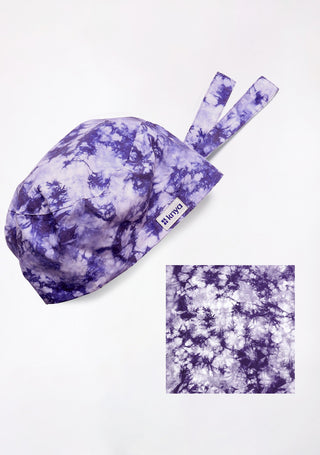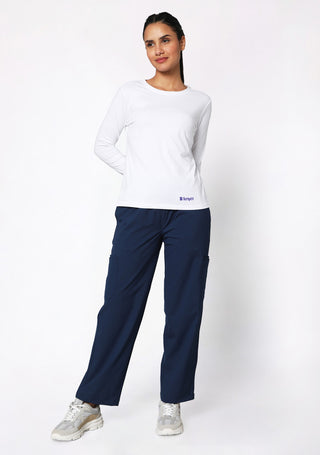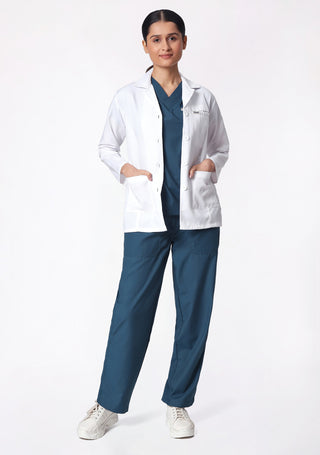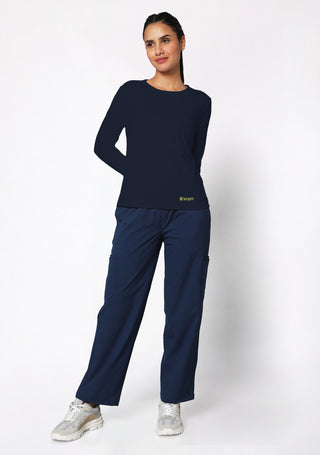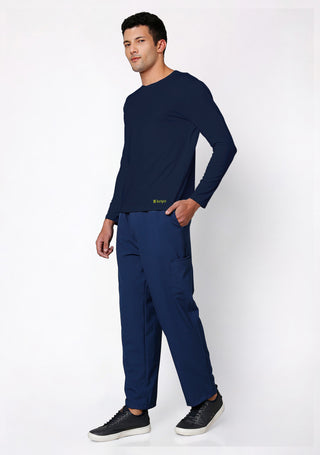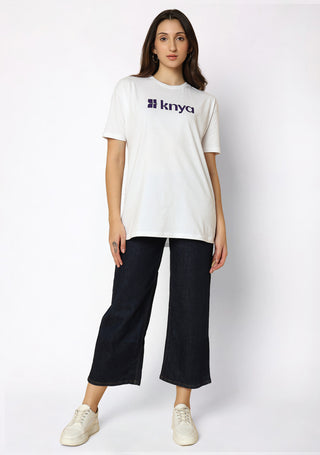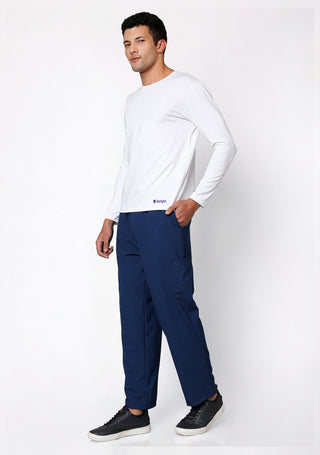The evolution of the doctor's scrub suit reflects the broader advancements in medical technology and healthcare standards. From basic cotton garments to antimicrobial, moisture-wicking, and smart-fabric innovations, scrubs have transformed into a vital component of medical attire.As the industry continues to prioritize safety, sustainability, and comfort, the future of scrub suits will likely see further integration of cutting-edge materials and wearable technology. These innovations will not only improve the working conditions of doctors but also contribute to better patient outcomes by enhancing hygiene and infection control in medical settings.
The Origins of the Scrub Suit
Before the late 19th century, surgeons and physicians wore their everyday clothes during medical procedures. It was common for doctors to perform surgeries in street clothes or even formal attire, sometimes donning a simple apron over their clothing to protect against blood and other bodily fluids. However, as medical science advanced and germ theory gained acceptance, hospitals began to recognize the importance of sterile environments in preventing infections.
The Shift to Sterile Attire
By the early 20th century, antiseptic practices led to the introduction of surgical gowns made from cotton, designed to minimize contamination. These early versions were white, reflecting cleanliness and sterility. However, white fabric caused eye strain under bright surgical lights, prompting a transition to green and blue shades, which were easier on the eyes and reduced glare.
The term "scrubs" originated in the 1940s when medical personnel began "scrubbing in" before surgeries. Surgeons and nurses adopted a standard uniform consisting of a short-sleeved shirt and drawstring pants, made from lightweight cotton or a cotton-polyester blend. These garments were easy to clean, affordable, and designed to maintain sterility.
Innovations in Scrub Suit Materials
Introduction of Synthetic Fabrics
While early scrubs were primarily cotton, advances in fabric technology introduced synthetic and blended materials that offered greater durability, comfort, and resistance to stains and moisture. Polyester-cotton blends became widely adopted due to their ability to withstand repeated washes at high temperatures while maintaining their structure.
Antimicrobial Scrub Suits
One of the most significant innovations in medical apparel has been the development of antimicrobial fabrics. These materials are infused with agents such as silver ions, copper, or specialized chemical coatings that inhibit bacterial growth and reduce the risk of contamination. Antimicrobial scrubs help prevent hospital-acquired infections (HAIs) by limiting the spread of pathogens on clothing.
Moisture-Wicking and Breathable Fabrics
The evolution of scrubs has also been driven by the need for increased comfort, especially during long shifts. Traditional cotton scrubs, while breathable, tend to absorb sweat and moisture, making them uncomfortable over time. Modern scrub designs incorporate moisture-wicking and breathable fabrics, such as microfiber and spandex blends, that keep doctors cool and dry even in high-stress environments.
Shop the Best Lab Coats from Here!
Design Innovations for Enhanced Functionality
Ergonomic Fit and Stretchable Fabrics
Historically, scrubs had a boxy, loose fit that prioritized simplicity over comfort. Today, ergonomic designs provide a more tailored fit while maintaining ease of movement. The incorporation of stretchable materials, such as spandex and elastane, allows for better flexibility and comfort, essential for doctors who perform intricate procedures or endure long hours on their feet.
Pockets and Utility Features
Modern scrubs are designed with practicality in mind. Multiple pockets, reinforced seams, and hidden compartments allow doctors to carry essential tools such as pens, notepads, medical instruments, and even smartphones. Some high-end scrubs feature RFID-enabled pockets for enhanced security and convenience.
Wrinkle-Resistant and Stain-Repellent Coatings
To address the challenges of maintaining a professional appearance, scrub manufacturers have introduced wrinkle-resistant fabrics and stain-repellent coatings. These innovations ensure that medical professionals can maintain a clean and polished look throughout their shifts without frequent laundering or ironing.
Environmental and Sustainable Innovations
Eco-Friendly Scrubs
Sustainability has become a growing concern in the medical apparel industry. Traditional scrubs contribute to textile waste due to their relatively short lifespan. In response, many manufacturers have developed eco-friendly scrubs made from recycled materials such as bamboo fibers, organic cotton, and recycled polyester. These scrubs offer the same level of comfort and durability while reducing the environmental footprint.
Biodegradable and Compostable Fabrics
Recent advancements in textile engineering have introduced biodegradable scrub suits that decompose naturally after disposal. These scrubs are designed for single-use in highly sterile environments, such as operating rooms, where infection control is critical. Unlike traditional disposable scrubs made from non-biodegradable materials, these new options help minimize medical waste.
The Role of Smart Technology in Scrubs
Temperature-Regulating Scrubs
With the integration of smart textile technology, some scrubs now feature temperature-regulating properties. These garments use phase-change materials (PCMs) that absorb and release heat, helping medical professionals stay comfortable in fluctuating hospital environments.
Smart Scrubs with Sensor Technology
Recent developments in wearable technology have led to the introduction of smart scrubs embedded with biosensors. These sensors can monitor vital signs, track movement, and even alert wearers to potential exposure to harmful bacteria or contaminants. While still in the early stages, smart scrubs have the potential to revolutionize healthcare by providing real-time data on a doctor's physical condition and exposure risks.
Browse best Scrubs Collection


